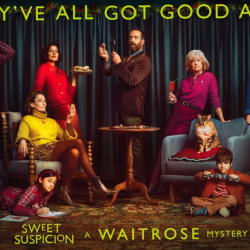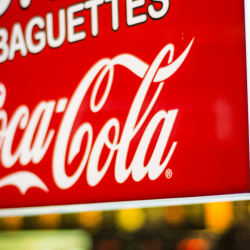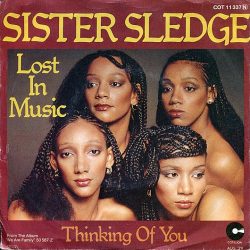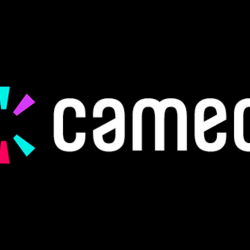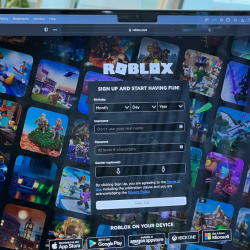Step outside the marketing world, and you’ll uncover a place where advertising is met with scepticism and doubt
In 2019 Advertising Association reported that the public perception of advertising had hit an all-time low (25%). Ask a Brit if they trust online ads, chances are 9 out of 10 will say ‘hell no‘ (YouGov.)
So, is truth in advertising a lost cause? Should we just accept what the public say about us and embrace a career as exaggerators par excellence?
The more mischievous amongst us might think that if we strive for truth and authenticity we will lose the opportunity for fun and creative ambition.
But I disagree.
Despite the critics of the industry, the brand campaigns that really do stand out and inspire the public, tend to be the ones that stay true to who they are and project that truth with passion and conviction. Albeit in many different ways. To find your flavour of authenticity and ensure your truth doesn’t get lost along the way, here are four ways to put truth at heart, and win.
Embrace who your audience are, not who you’d like them to be
Nike is a heritage brand built on inspiration and motivation. With many great examples through time, they prove that authentic advertising has led to powerful and iconic work. Whether it’s Naomi Osaka, or a 12-year-old boy called Nathan (Find Your Greatness), Nike delivers on its promise that everyone can be an athlete, as long as you have a body.
The message has always been clear and truthful — personal achievement comes from within. And Nike is a great storyteller. Unlike many sports brands, they depict athletes in realistic and authentic ways. Focusing on the journey and the challenges we face when aiming for success.
Get comfortable with your uncomfortable truth
It’s hard to have missed the headlines from the recent Maaate campaign from the Mayor of London. The work dropped like a grenade. Making national headlines, it sparked much needed conversation around men’s violence against women.
Caitlin Moran praised the campaign, stating that the enemy of progress is people with the naive belief that a solution must appeal to everyone. Anything with the aim to stop sexual harassment is a good thing.
Men’s Health highlighted fact that the campaign isn’t about demonising men, but instead giving them the tools to do better.
Not all headlines have been positive, however. Probably because deep down it struck an uncomfortable chord: misogyny is permitted by the silence of male friendship groups. The truth is sometimes hard to swallow, and the work (that was fully backed by behavioural science) really hit a nerve.
Identify your brand’s real role, even if it’s smaller than you’d hoped for
Ikea’s Proudly Second Best campaign managed to portray the intimate, real-life moments of parenthood. The campaign showcased products in an everyday context, without overstating the role of the brand in people’s lives. There is a bravery and humbleness in letting your brand and product play the supporting role, especially true in a landscape full of brands fighting for their product to take centre stage.
Showcase the authentic product moments, not the ones you wish you had
McDonald’s is using a clever and fun truth around people’s behaviour. When convincing your mates to go for a cheeky ‘Maccies’, the use of a silent signal, (raising of the eyebrows) says it all. We all know the feeling of being a bit naughty when you’re not supposed to, it’s an instant recognisable behaviour. The ad shows an understanding of brand interaction, even when it’s not present.
What’s more, it’s an unusual route for a fast-food brand, who typically rely on showing delicious moments of consumption. Raise Your Arches suggest the moments leading up to it, can sometimes be more joyful than the burger itself.
As you can see, dealing with truth is both the simplest, yet most complex thing to do. So, keep checking throughout the creative process to ensure you stay on track.
I’ll end with the words of my own CSO Jo Arden, who will undoubtedly ask when reviewing work: Is it true?
Featured image: Jo San Diego / Unsplash



